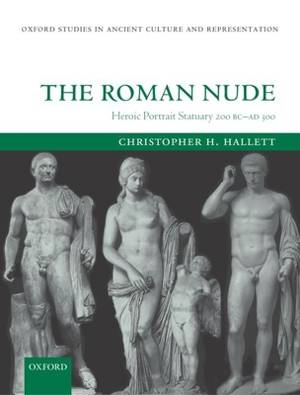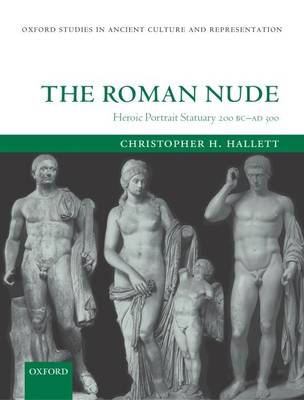
- Retrait gratuit dans votre magasin Club
- 7.000.000 titres dans notre catalogue
- Payer en toute sécurité
- Toujours un magasin près de chez vous
- Retrait gratuit dans votre magasin Club
- 7.000.000 titres dans notre catalogue
- Payer en toute sécurité
- Toujours un magasin près de chez vous
233,45 €
+ 466 points
Format
Description
Statues of important Romans frequently represented them nude. Men were portrayed naked holding weapons. The naked emperor might wield the thunderbolt of Jupiter, while Roman women assumed the guide of the nude love-goddess, Venus. When faced with these strange images, modern viewers are usually unsympathetic, finding them incongruous, even tasteless. They are mostly written off as just another example of Roman `bad taste'. This book offers a new approach. Comprehensively illustrated with black and white photographs of its subjects, it investigates how this tradition arose, and how the nudity of these portraits was meant to be understood by contemporary viewers. And, since the Romans also employed a range of costumes for their statues (toga, armour, Greek philosopher's cloak), it asks, `What could the nude images express that other costumes could not?' It is Christopher Hallett's claim that - looked at in this way - these `Roman nudes' turn out to be documents of the first importance for the cultural historian.
Spécifications
Parties prenantes
- Auteur(s) :
- Editeur:
Contenu
- Nombre de pages :
- 416
- Langue:
- Anglais
- Collection :
Caractéristiques
- EAN:
- 9780199240494
- Date de parution :
- 08-12-05
- Format:
- Livre relié
- Format numérique:
- Genaaid
- Dimensions :
- 249 mm x 185 mm
- Poids :
- 1199 g







